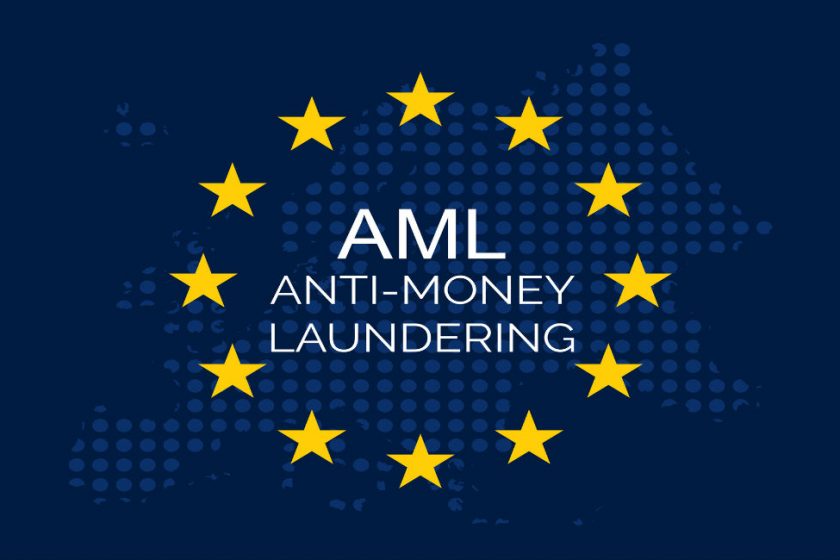“Necessity is the mother of invention” is an English proverb that is not at all outdated. Small countries are developing regulatory frameworks to embrace and take advantage of the so-called “future technologies” because it will enable them to play vital roles in the 4th and 5th industrial revolution. As tech accelerates, it is expected that one generation may actually live through two major revolutions.
Smaller countries, policy-making organizations and think tanks are actively building the next layer to welcome the socio-economic changes that are inevitable.
A Greek think tank, To Diktio, was founded in 2013 with a European focus. To Diktio (the network in the Greek) is a member of the Foundation of Progressive Studies based in Brussels and focused on proposing reforms in Greece and Europe. I would like to thank the President of To Diktio, Anna Diamantopoulou[1] for reaching out to me. We can only grow through collaboration – see partnerships of ToDiktio, here.
To Diktio hosted yesterday a Fintech focused event for its members during which a very thorough Fintech report was presented by Dr. Kourouthanassis, of the Ionian University and Dr. Doukidis, of the University of Athens; and several policy reforms were suggested. I had the honor and pleasure to review the report (in Greek) and also participate virtually in the event to share some of my insights on Fintech global trends and the first necessary steps for Greece to dive into the Fintech opportunity which is much broader than simply reforming banking services (see video here – in Greek only).
The 40-page report offered a thorough overview of Fintech subsectors and also of the policies that have enabled countries to become Fintech hubs.
Naturally, mentioning first the FCA as an early pioneer in the Fintech. Highlighting that the first European Union country that developed a regulatory framework for “specialized banks”, was Lithuania.
The UK and Japan, are the leaders in establishing frameworks to facilitate the Open Banking movement.
Regulatory sandboxes exist in the UK since 2016 and only this summer the Central Bank of Spain announced a Fintech sandbox to be launched.
In Europe, only the UK launched Project Innovate last year to facilitate the dialog between Fintechs and regulators to innovate in the interest of consumers. Only in Australia, there is a comparable setup of the Capital markets authorities who setup as early as 2015, an Innovation Hub program to encourage the cooperation of regulators and innovators.
Fintech pulse

Based on the Greek Fintech report, already in 2018, the median size of M&A fintech deals in Europe has nearly tripled from last year.

Challenger banks, a European specialty, are the ones that have absorbed large Fintech investments; Revolut, Atom Bank, and N26.
Revolut has already opened offices in Greece, this past Spring. The penetration in the Greek market is remarkable. By the end of 2017, Revolut had acquired 55,000 customers in Greece, making Greece the 4th largest country/client for Revolut after the UK, France, and Lithuania. Revolut is planning to triple the customer base in Greece.
The first homegrown Greek challenger bank is PraxiaBank. The two also homegrown e-money companies are Viva Wallet and Tora Wallet. Viva is already well established with 60k retails clients and 280k business clients and 30mil euros of transactions only for 2018.
As expected several payment Fintechs have presence and business in Greece. Payments are the most mature but thin margin Fintech subsector. From the 375+ payment businesses with EU passporting, ten have reps in Greece and 9 have licenses to operate in Greece. From the 170+ e-payment Fintechs with EU passporting, 3 have a presence in Greece.
The largest Greek telco, OTE, has a new subsidiary Cosmote payments with a plain vanilla topup card. But what is more interesting is to watch what OTE does with their dormant insurance license and their newly acquired full banking license.
Opportunity via Fintech
The low hanging Fintech opportunity in Greece lies in alternative funding for SMEs. Greece is one of the few EU countries that lacks a crowdfunding and P2P lending framework.
The Greek government needs to launch a Digital ID platform borrowing design elements and tech from Estonia and India. Combining this with a basic regulatory reform for alternative lending, would be a short and long-term strategic move. In a traumatized economy that is recovering from foreign investments in real estate, Digital identities and access to alternative funding would make magic.
[1] Anna Diamantopoulou, has served in the Greek parliament for 11yrs and as European Commissioner for Employment, Social Affairs and Equal Opportunities (1999-2004). She has served as Minister of Education, Lifelong Learning and Religious Affairs and as the Minister of Development, Competitiveness and Shipping. She active in several European think tanks.
Efi Pylarinou is a Fintech thought-leader, consultant and investor.
Get fresh daily insights from an amazing team of Fintech thought leaders around the world. Ride the Fintech wave by reading us daily in your email.








